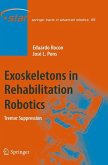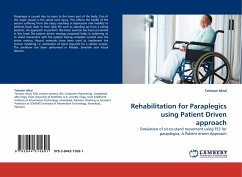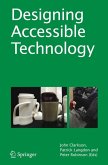This book presents the synthesis of a Hand Exoskeleton (HE) for the rehabilitation of post-stroke patients. Through the analysis of the state-of-the-art, a topological classification was proposed. Based on the proposed classification principles, the rehabilitation HEs were systematically analyzed and classified accordingly, that is effective to both perceive the demand for proposing application-specific solutions and provide some useful guidelines for the design of a new HE. Further, a novel rehabilitation HE was designed to support patients in cylindrical shape grasping tasks with the aim of recovering the basic functions of manipulation. Numerous multi-objective optimizations followed by building a final prototype. The experimental results of the preliminary tests are promising and demonstrate the potential for clinical applications of the proposed device in robot-assisted training of the human hand for grasping functions.







